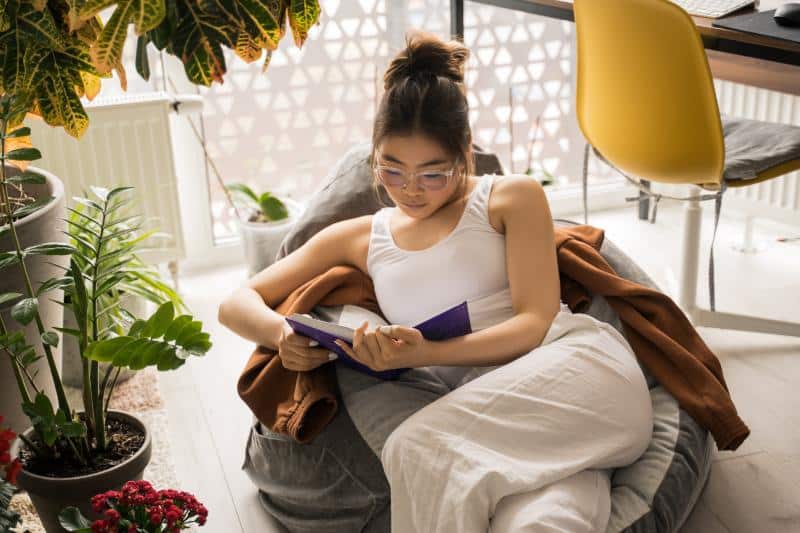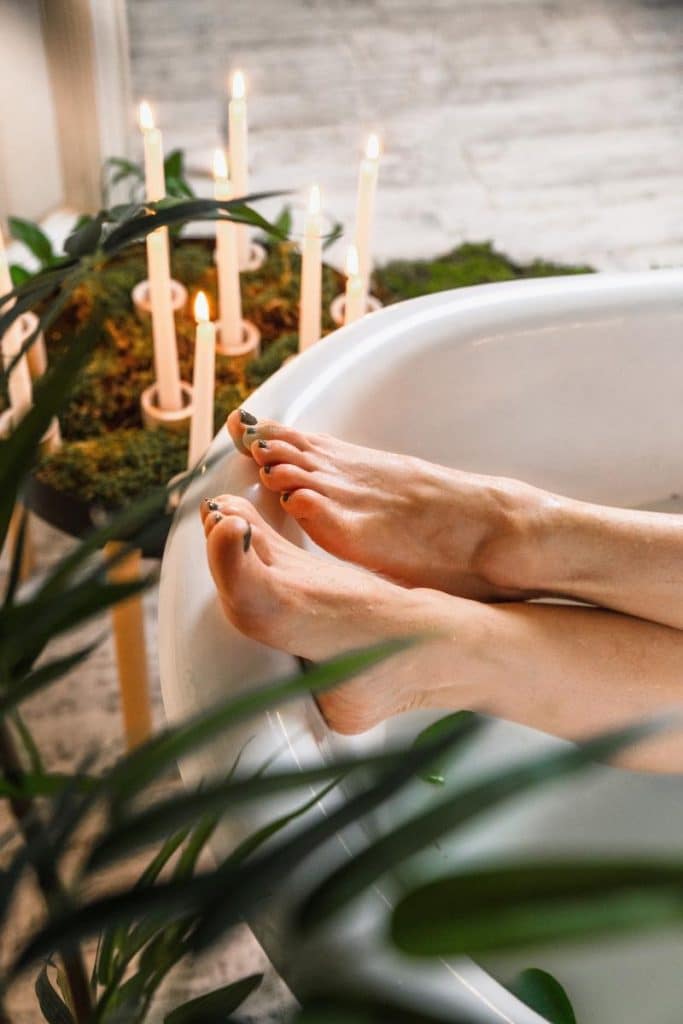In today’s fast-paced world, finding moments of relaxation is more important than ever for our overall well-being. Relaxation, a state of calmness where one can release stress and tension, offers numerous benefits. It helps to improve mental health, supports physical health by reducing the risk of stress-related diseases, and enhances productivity and creativity. However, achieving true relaxation often requires an environment conducive to peace and tranquility. This is where the comfort and familiarity of our homes come into play. Our homes can be personal sanctuaries, spaces where we can control the environment to promote relaxation. Therefore, transforming our living space into a hub of relaxation not only contributes to our well-being but also creates an environment that supports rejuvenation, peace, and tranquility.

1. Invest in a Massage Chair
Arguably one of the most effective ways to promote relaxation at home is by investing in a massage chair. These innovative machines offer a range of therapeutic benefits that can mimic the hands of a skilled masseuse. Regular use of a massage chair can help alleviate muscle tension, improve circulation, and promote general well-being. Just imagine coming home after a long day to a full-body massage – all in the comfort of your living room! Now, the chairs you choose can vary in features, size, and price. However, with the vast array of options available on the market today, you are sure to find one that fits your budget and needs.
2. Introduce Plants
Plants not only improve air quality by filtering out harmful toxins but also have a calming effect, contributing to a more peaceful environment. Adding a few low-maintenance plants, such as succulents or peace lilies, can help create a natural and serene atmosphere in your home. Plants also add color and texture to a space, making it more inviting and uplifting. From a simple potted plant on your nightstand to a hanging garden in your living room, incorporating plants into your home is a great way to enhance relaxation. Even the act of caring for plants can be therapeutic, providing a sense of purpose and nurturing.
3. Create a Zen Corner
This could include comfortable seating, a reading lamp, or even a meditation cushion. The idea is to have a space where you can disconnect and recharge. Keep this area free from distractions and clutter, making it a designated place for relaxation. You can also add personal touches, such as candles, essential oils, or calming artwork to enhance the ambiance of your zen corner. Furthermore, this space can also serve as a reminder to take the time for self-care and relaxation, even amidst a busy schedule. Even a few minutes spent in this calming corner can make all the difference in your overall well-being.
4. Use Aromatherapy
Using essential oils or scented candles can help create a soothing atmosphere. Opt for calming scents like lavender for a relaxing experience. You can use a diffuser or light candles in the room of your choice, whether it’s your bedroom or living room. The fragrances will help you unwind and soothe the mind and body, creating a spa-like experience at home. Aromatherapy has been used for centuries to promote relaxation and alleviate stress, making it an excellent addition to any home-seeking tranquility. For a more personalized experience, try creating your own essential oil blends or experimenting with different scents to find what works best for you.
5. Optimize Lighting
Soft, warm lights generally create a calm and cozy atmosphere. Consider using dimmer switches so you can adjust the brightness to your preference. You can also opt for natural light by opening up your blinds and curtains during the day. Natural light has been shown to boost mood, increase productivity, and promote relaxation. If your space lacks natural lighting, try incorporating soft lamps or string lights to create a warm and inviting glow. Most lighting options are also energy-efficient, making it a win-win for both relaxation and the environment. From fairy lights in your bedroom to a Himalayan salt lamp in your living room, adding warm lighting can make your home feel like a serene escape.
6. Less Clutter, More Space
Regularly decluttering and organizing your home can make your space feel more open, airy, and relaxing. Minimalist decor is a great way to keep your home feeling serene and inviting. Additionally, having less clutter also means less visual distraction and more room for relaxation. Consider investing in multi-functional storage units to keep your home organized and tidy. A clean and clutter-free environment can help reduce stress and create a sense of peace within your living space. Cluttering does not only refer to physical objects but also digital clutter. Taking the time to organize your digital files and decluttering your devices can help create a more peaceful environment.

Incorporating these tips into your home design can make a significant difference in creating a relaxing environment. Remember that relaxation is a key component of overall well-being, and investing in making your home a peaceful space can have numerous benefits. So why not take the time to transform your living space into a personal sanctuary? Whether it’s investing in a massage chair or decluttering your living room, finding ways to enhance relaxation at home is sure to have a positive impact on your life. Choose one or more of these tips and start creating your own peaceful oasis today.
